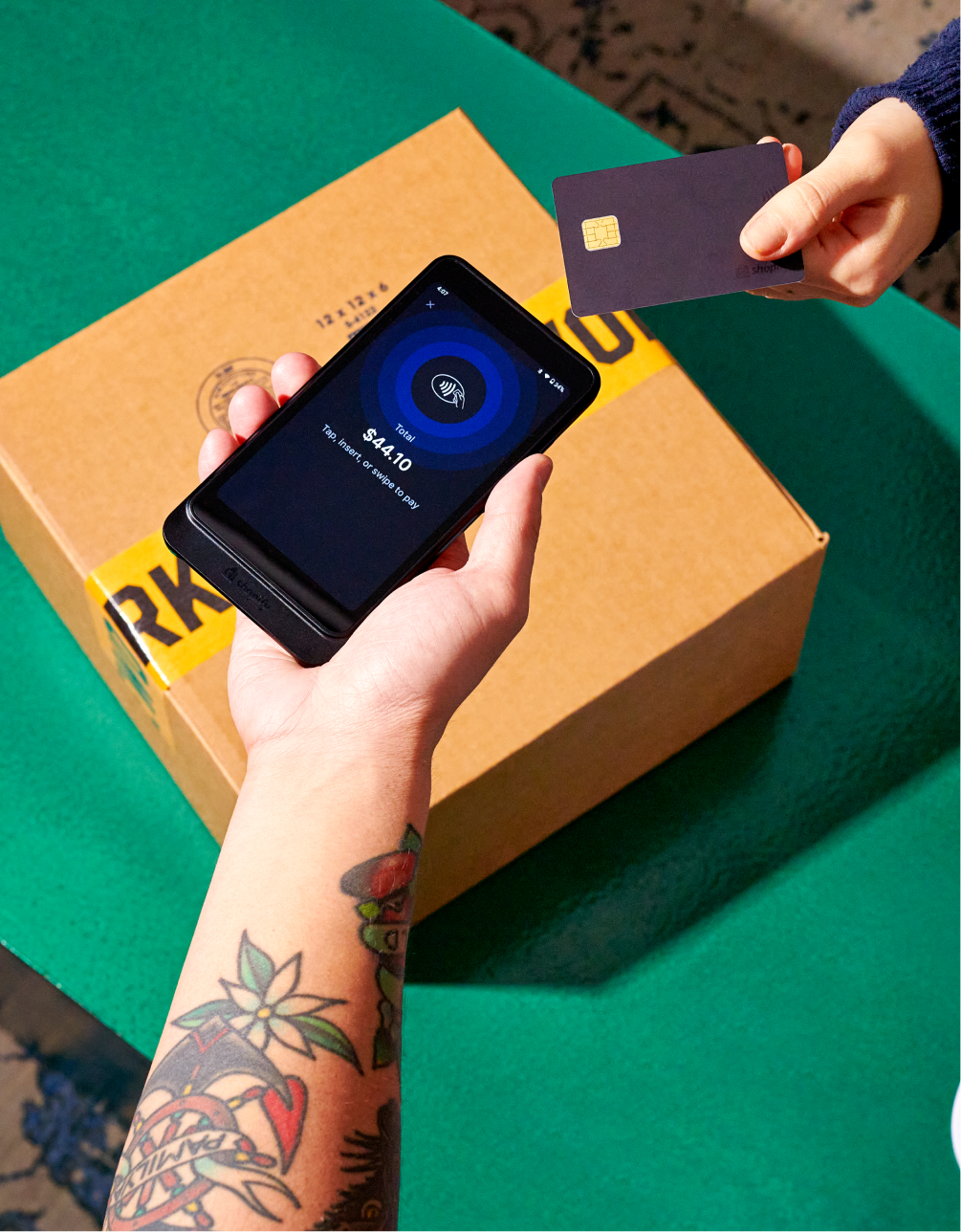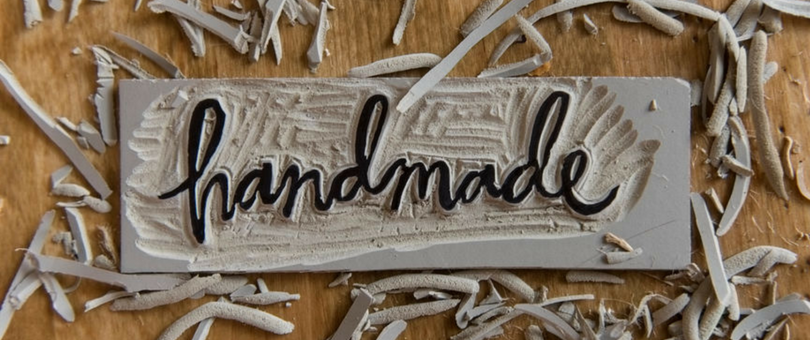In late 2016 I started really getting the itch to flex the creative part of my brain more. I’d been running Baremetrics, my business analytics startup, for over three years and, while surrounded by great people and enjoying the work, it wasn’t really making use of any of the creative side of my brain—at least not in an artistic sense. I needed an outlet.
So, despite having a family of five and running a company, I decided to jump in and start a handmade home goods shop, including designing and producing everything myself, from scratch.
I’ve always enjoyed making and building things since I was a kid, so I naturally gravitate toward that. I started tinkering around in my workshop at home, sketching things out and also playing around with 3D modeling software. We’ve got a 3D printer at home too, so the world was my oyster for coming up with random objects to design and produce.
I’m a sucker for little things that go on side tables and desks, so I started playing around with some ideas for concrete planters—the kind of thing that can hold succulents and air plants. I pretty quickly figured out the process to produce the silicon molds I’d need to pour the concrete in and I was set.
A month or so after I had the idea to make these little planters, Cedar & Sail was born!

Why productize your creativity?
So, why turn my creativity into a product? Valid question. I had plenty of friends tell me that trying to monetize something I was doing as a creative outlet would just ruin it for me.
But part of this was a nostalgia play for me. Over a decade ago, my wife and I started and ran an online toy store. We had toys stacked up to the ceiling all throughout our apartment and had the time of our lives growing that little business.
We sold it off years ago, but I’ve always had a soft spot for selling physical goods. There’s something about the “I give you money, you give me a thing” trade that gives me a little jolt of adrenaline in a way that digital products just can’t replicate.
I missed that and wanted it back. So, productizing my creative venture was a natural step.
Learn more: The Business of DIY: 10 Things to Make and Sell Online.
Ways to make the most of your time
Now, how on earth do you do this logistically? In my case, I’ve got a full-fledged company with employees and customers and the last thing I had any interest in doing was having the business or our team and customers take a hit.
I’d already experimented with making the product on nights and weekends, so when I decided to start actually selling them online, I set myself a deadline. I had to give myself a cutoff otherwise I’d just keep noodling around and endlessly making things, having it consume more and more of my time without any direction.
I made a list of the products I’d be launching with and the only goal was to produce one of each so I could photograph them for the site. Any other task took a backseat.

When you’re creating anything to sell, you’re basing that creation on a set of assumptions. Assumptions about what customers will like, how they’ll use the product, how much they’ll pay, how often they’ll come back to purchase more. Every assumption you make has the potential to lead you down the wrong path.
Maybe you like the green option, but it turns out that it reminds your customers of mashed pea baby food. Maybe $49 is a price point you need to cover your production costs but your customers will only pay $29. These are both scenarios that could be detrimental in the early days but that you can’t possibly solve until you get your products out in the market for customers to buy (or not!) and offer feedback.
That is why it’s so crucial to ship.
I picked the basic plan on Shopify, threw together a logo, picked a pre-existing template, ordered some packing supplies and shipping hardware, all on a Sunday afternoon. It was unbelievably simple to get up and running compared to the last time I had an ecommerce operation a decade ago!
I wanted to have this amazingecommerce packaging, but ultimately that got kicked to the curb because, again, that deadline. There wasn’t time to put all of that together and wait for customer ordered supplies to come in, nor did I have the funds to put into custom packaging. That’s a branding play that can take years to pay off.
I went with off-the-shelf items at every corner, much of which I’m still using today, over a year later, as it’s served me very well!
How to keep the momentum going
With a solid year under my belt, I’ve definitely learned a few ways to keep momentum. The biggest of which is setting aside specific, scheduled time on a weekly basis. Since I work from home and my workshop is always a few steps away, I have to give myself boundaries. Usually, that means only working on it in the afternoons, evenings, and weekends.
Something else I discovered about 8 months in was the opportunity of local markets. These changed the game for me and are a significantly better use of my time.
The issue with handmade goods that have many variations (sizes, shapes, colors) is that it’s difficult to keep all of them in stock. So, with online sales, if someone orders something I don’t have in stock, I have to go through a whole process of creating that item and it’s very time consuming for a single unit.
With markets, I can make the product in large batches in any combination of variations I’d like and then sell it all in person.
Using the Shopify POS app, I can quickly take payments, so it’s a very low-hassle way to sell a lot of product. Generally, I can make in a single Saturday morning what would take over a month to do in online sales.
When trying to nail down what to try for growth, my main goal is to test the marketing channel or idea as inexpensively as possible. Take Facebook Ads, for example. If I have a hunch about who might be interested in our products, I’ll create a small campaign where I spend about $20 to see what the conversion rate is on that ad. If it works, I’ll keep doing it until it doesn’t.

At the end of the day, I don’t necessarily want to grow this into a huge operation, though. Some of the traditional methods for “growing” don’t interest me because I’m not trying to scale Cedar & Sail into a massive ecommerce enterprise. That means turning down some opportunities because running myself into the ground to fill a massive order just isn’t something that sounds fun at this point in the game.
With one year under my belt, the main thing I’ll be doing differently in the coming year is focusing more on local markets, which ultimately free up my time. I’m also working on reducing the number of product variations I offer because the overhead of keeping them all in stock isn’t worth the trade-off.













